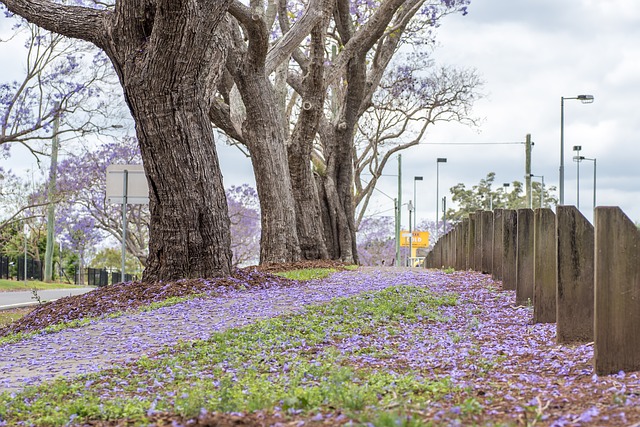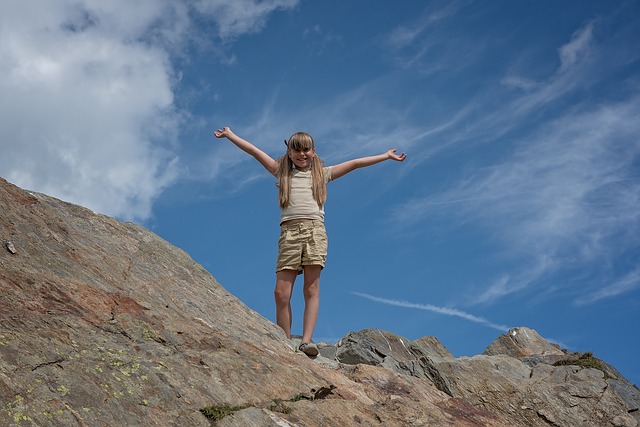In a previous post, I discussed surrendering to the process of shedding old beliefs. There are also times when we need to shed an identity or an aspect of one of our identities. In this context, identity relates to the way we conceive of ourselves as being different to others – it can encompass a set of specific skills or trade (e.g. an architect); a level of achievement in sport, art or literature (e.g. a writer); and/or represent identification with a particular group such as a cultural or ethnic group. There are times, however, when assuming an identity ceases to work for us owing to outside influences, often beyond our control.
Elite sportspeople, for example, who suffer a career-ending injury are confronted with the need to reframe their identity. Others may find that chronic illness or a disability makes it impossible to pursue the activities that they once saw as part of their identity. It may mean that they can no longer teach, write or act in the theatre, so they need to rethink how they define themselves or suffer ongoing frustration and, potentially, depression. People who suffer from the debilitating effects of Long Covid often find that they can no longer entertain an identity that has been a large part of their life – brain fog, fatigue, inability to concentrate and endless pain can preclude activities that they once saw as part and parcel of how they viewed themselves and their capability.
Shedding an identity is a long but rewarding process
Shedding an identity takes time and self-care. It involves acknowledging a declining competence, recognising a loss of self-efficacy and a need to address self-esteem issues. While there can be residual elements of an identity retained in the event of major life changes, there needs to be acceptance that you are no longer like you used to be in relation to the identity being shed. The challenge is to handle the change not only at an intellectual level but also on an emotional and physical level, particularly where a life time of competence building has been involved.
However, the rewards of shedding an obsolete identity are a sense of freedom, the opportunity to pursue other creative outlets, and build a new sense of identity. One participant in a recent Creative Meetup noted that leaving her corporate job (and related corporate identity and trappings) provided space for her to pursue her artistic talents – she indicated that it had felt very constraining to be “an artist in a corporate suit”.
A personal example of the process of shedding an identity
I prided myself as an “A” Grade tennis player, having won a number of team competitions at that level. I enjoyed the feeling of competence and control that I could gain from playing great tennis shots and winning games (including my own serve). Associated with this identity was a sense of agility, speed and endurance over many games and sets of tennis. I would pride myself for being able to chase down a drop-shot and play a winning shot from this position (I was a school champion sprinter in secondary school).
However, more recently I have been diagnosed with multi-level spinal degeneration, exercise asthma and arthritis in my “trigger finger” (used to hold the racquet firmly). The combination of these disabilities means that I can no longer use my “first serve” without causing injury to my back (because of the need to bend sideways), no longer play singles tennis (as a result of the exercise asthma) or hit the ball hard for a sustained period (because of the pain from the arthritic finger). I have also had to avoid net play to reduce the risk of falling or being hit in the face (where I have had multiple surgeries for skin cancers, including a melanoma – a vestige of playing summer competition in the Queensland heat). The challenge for my self-esteem is that I have gone from being a tennis player that people want to partner because of my proven competence to an aged player that some people resent playing with.
Over many years I have built up my sense of self-efficacy in playing tennis by recalling good shots that I have played during a match. I would go to sleep at night replaying different shots in my head. The net result is that I have virtually a video-tape library stored in my head that I can sort by tennis shot (e.g., backhand, volley, lob) covering shots that I have played over many years in both competitive and social contexts. The challenge to my self-esteem now is that while I can envision these shots, I can rarely execute them. As an opponent said on one occasion when I missed while playing a top-spin forehand shot down the sideline, “You must be playing from memory”. He was right, but little did he know that I had spent many hours by myself just practising that shot when I was younger.
So I have had to make adaptions including shedding the image of being a very competent “A” Grade tennis player. My adaption has involved making changes at three levels:
1. Mental
- Giving up the goal of winning each shot/game (I no longer have the “weapons”)
- Focusing on achieving shots that surprise my opposition as well as my partner (because of residual skills associated with my original tennis identity, e.g., being able to play different spin shots, able to “read the play”, sound positioning on the court, and an array of shots that I have learned and practised over more than 60 years). The ingrained skills acquired through conscious effort have enabled me to retain the capacity to play instinctive shots in some situations (shots that I have never practised but just do intuitively in a rally, e.g., backhand, half-volley lob).
2. Physical
- No net play or running down drop shots
- No smashes or first serves
- No lengthy rallies involving a lot of running
- No singles play
- No playing in daylight (because of UV radiation and the risk of more skin cancers/melanomas)
3. Emotional
- Overcoming the worry about what people ‘think” in terms of my tennis prowess (or lack of it)
- Being able to rise above my mistakes when playing tennis
- Dealing with my tennis partner’s expectations and/or disappointment
- Coping with the frustration of not being able to play a shot that I used to play with ease.
Reflection
Shedding an identity is a multi-layered affair that takes time – sometimes it is two steps forward and one backward, particularly on the emotional level. At least I am only dealing with an identity in a recreational/sporting arena. A lot of people are dealing with shedding an identity (or multiple identities) that are core to who they perceive themselves to be, and by how they are recognised by others.
Progressively shedding the identity of a competent “A” Grade tennis player has made room for me to develop a new creative outlet in the form of poetry. Over the past few months, I have written at least eight poems of reasonable length that have caused one observer to comment, “You are a talented poet” – so something lost, something gained. This provides a new arena for me to build a new sense of competence and self-efficacy – by writing poetry and researching this writing genre as I have done through books such as Kim Rosen’s book, Saved by a Poem: The Transformative Power of Words.
As we grow in mindfulness through reflection, writing, and sharing in community, we can develop new creative outlets, build stronger emotional regulation and develop resilience to manage life’s challenges and setbacks that lead to the need to shed an identity.
______________________________
Image by John Hain from Pixabay
By Ron Passfield – Copyright (Creative Commons license, Attribution–Non Commercial–No Derivatives)
Disclosure: If you purchase a product through this site, I may earn a commission which will help to pay for the site, the associated Meetup group and the resources to support the blog.









